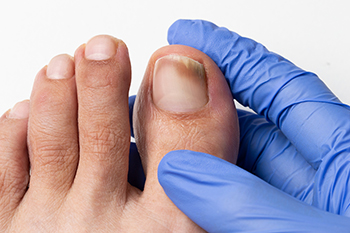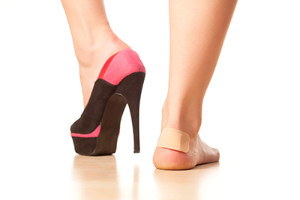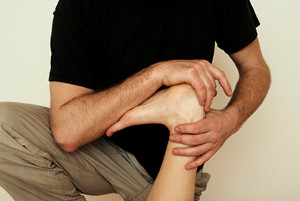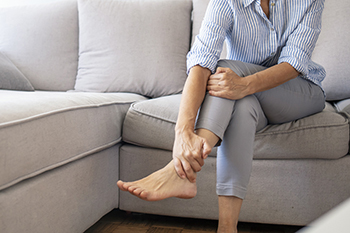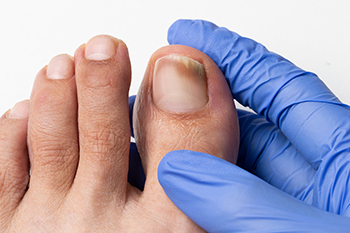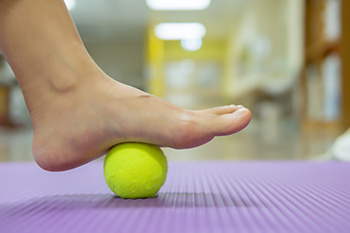
The easiest way to strengthen the feet is by exercising. There are specific foot stretches and exercises that can enhance the overall foot when frequently practiced. The feet are the foundation of the body and are often forgotten about during strength training routines. There are two categories of muscles that are found in each foot. The muscles that are responsible for maintaining the arch and aid in shock absorption are referred to as the intrinsic foot muscles. The ankle is moved, and the toes are flexed and pointed by engaging the global lower limb muscles. The toes can be strengthened by performing toe curls which are done by stepping on a towel and picking it up with the toes. The arch can become stronger by sitting in a chair while trying to shorten the foot by bringing the ball of the foot toward the heel. If you would like additional information about the benefits of exercising your feet, please confer with a podiatrist.
Exercising your feet regularly with the proper foot wear is a great way to prevent injuries and build strength. If you have any concerns about your feet, contact one of our podiatrists from Advanced Foot & Ankle Medical Center . Our doctors can provide the care you need to keep you pain-free and on your feet.
Exercise for Your Feet
Exercise for your feet can help you gain strength, mobility and flexibility in your feet. They say that strengthening your feet can be just as rewarding as strengthening another part of the body. Your feet are very important, and we often forget about them in our daily tasks. But it is because of our feet that are we able to get going and do what we need to. For those of us fortunate enough to not have any foot problems, it is an important gesture to take care of them to ensure good health in the long run.
Some foot health exercises can include ankle pumps, tip-toeing, toe rises, lifting off the floor doing reps and sets, and flexing the toes. It is best to speak with Our doctors to determine an appropriate regimen for your needs. Everyone’s needs and bodies are different, and the activities required to maintain strength in the feet vary from individual to individual.
Once you get into a routine of doing regular exercise, you may notice a difference in your feet and how strong they may become.
If you have any questions please feel free to contact our office located in Thousand Oaks, CA . We offer the newest diagnostic and treatment technologies for all your foot and ankle needs.
